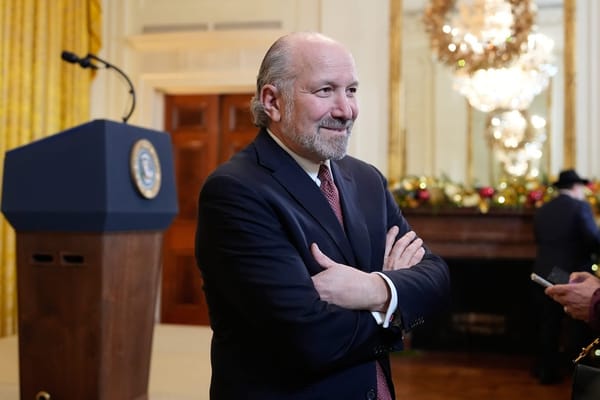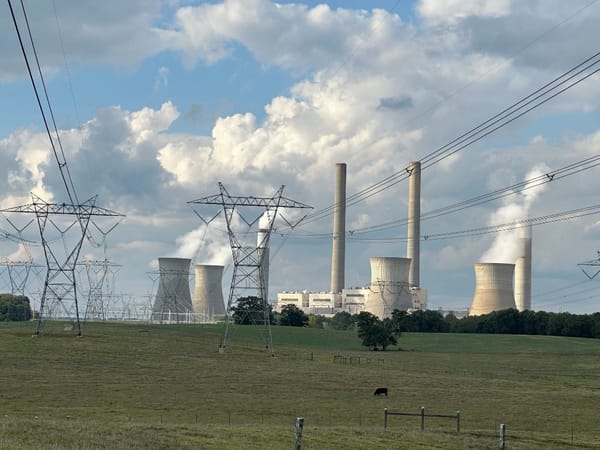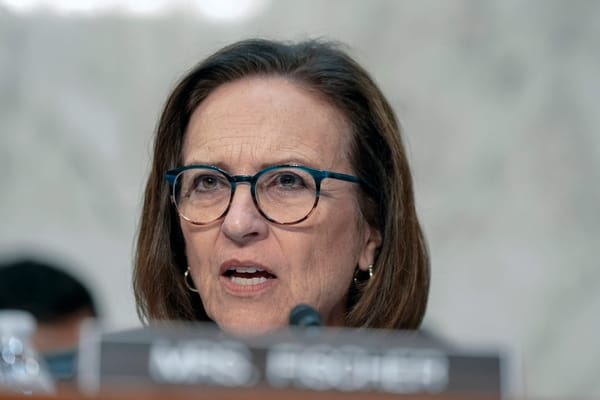Tariffs and Broadband: Every Day is a New Day
In 2024, the United States imported approximately 25% of the world’s fiber optic cables.
Arun Pasrija

The Trump administration’s plan to impose substantial tariffs on imports critical to ISPs, telecom companies, and all those in the broadband space, is likely to cause disruption, at least in the short-term. Proposed tariffs include a hefty 25% on aluminum and steel imports.
Networking equipment such as routers, hubs, switches, modems, chips, as well as essential plastics and electronic components used for broadband and 5G deployments, server racks, and data center infrastructure are likely impacted depending upon country of origin for manufacturing of parts and sub-assemblies for this equipment. This decision raises the risk of retaliatory tariffs, potential supply chain bottlenecks, increased costs, and broader inflationary pressures.
Coupled with this, the administration currently is evaluating changes to funding
stipulations in the $42 billion BEAD program, with a more technology-neutral approach and removing some of the DEI requirements. While removing some, the additional regulatory requirements should be a welcome sign with service providers.
There is still considerable uncertainty, including effects of supply chain which could affect the timeline of broadband expansion projects via BEAD program administered by the States. Right now, every day is a new day when it comes to anticipating needs in broadband.
The United States imports a quarter of the world's fiber
In 2024, the United States imported approximately 25% of the world’s fiber optic cables and 50% of aluminum for products manufactured here, with Canada, Mexico, China and Brazil supplying about 25% of the steel we import. Should tariffs proceed on these and related goods, the broadband sector should brace for shipment delays and rising costs.
Anticipating disruptions, U.S. manufacturers are proactively stockpiling essential parts and raw materials. According to a recent Federal Reserve report, many companies are preemptively raising prices ahead of the tariffs’ full implementation. Those companies failing to build adequate inventory are likely to experience severe supply shortages, underscoring why many businesses are proactively expanding their reserves. As a result, ISPs are increasingly favoring vendors offering consistent pricing, dependable lead times, and robust supply capabilities.
Remaining agile is crucial as the market navigates these challenges. Providers,
particularly those backed by private capital, must prepare contingency plans — even those currently mid-build. While expanded domestic production may eventually ease cost pressures, it could take more than a year for such measures to effectively stabilize supply chains and prices, assuming tariffs remain in force. ISPs with diversified supplier networks and strong alternative sourcing strategies will be best positioned to manage cost fluctuations. This new landscape also means construction capital cost assumptions must be regularly revisited.
ISPs can prepare by strategically diversifying their materials and establishing
partnerships with domestic manufacturers to mitigate the impact of tariffs. By prioritizing suppliers that are less affected by international tariffs, such as those within the United States, ISPs can ensure more stable pricing and reliable access to essential components.
An appetite for domestic expansion
Politics aside, the next several years will bring a significant shift toward U.S.-based
manufacturing. There is a real appetite now for domestic reinvestment and expansion: more factories are being built in Texas and are slated for Arizona, and billions are being put toward new chip production via U.S.-based semiconductor manufacturing.
All of this will move the U.S. towards greater resilience and self-sufficiency and will reduce our dependence on supply chain from our foreign adversaries. As the back and forth continues over proposed 25% tariffs for goods imported from Mexico and Canada, and an additional 10% levy on Chinese imports, we could begin to see a significant realignment in the global economy.
Looking ahead, we expect there will be many ups and downs, with broadband companies likely to enjoy tax and regulatory relief in the coming year; any changes or further delays to BEAD funding will have a great impact on the broadband industry. While many oppose the imposition of new tariffs because they can push up costs, spur inflation, and provoke retaliation, American manufacturing and production will be boosted in the long term – which is widely seen as a positive step.
At the end of the day, there may be some pain, but ISPs, contractors, and others in the broadband industry will benefit from playing the long game. Those that create some inventory and protect themselves will have to worry less. Those sourcing from companies with diversified supply chains and have production in tariff-free zones will see the greatest pricing stability. And that will keep America’s broadband market rolling into the future, even if the present isn’t entirely clear.
The market might settle down sooner than expected, but preparedness will always remain critical.
Arun Pasrija, Ph.D., is the President and CEO of CHR Solutions, and in 2003, he co-founded Global 1 Source Group (G1SG), which merged with CHR in 2006. Before G1SG, Arun was the Chief Operating Officer for L-3's Communications fixed-wireless spin-off business unit. Prior to this, for AT&T/Lucent's Power Division, he served as the expatriate country manager of India and later managed the $500 million Dallas-based division. This Expert Opinion is exclusive to Broadband Breakfast.
Broadband Breakfast accepts commentary from informed observers of the broadband scene. Please send pieces to commentary@breakfast.media. The views expressed in Expert Opinion pieces do not necessarily reflect the views of Broadband Breakfast and Breakfast Media LLC.









Member discussion